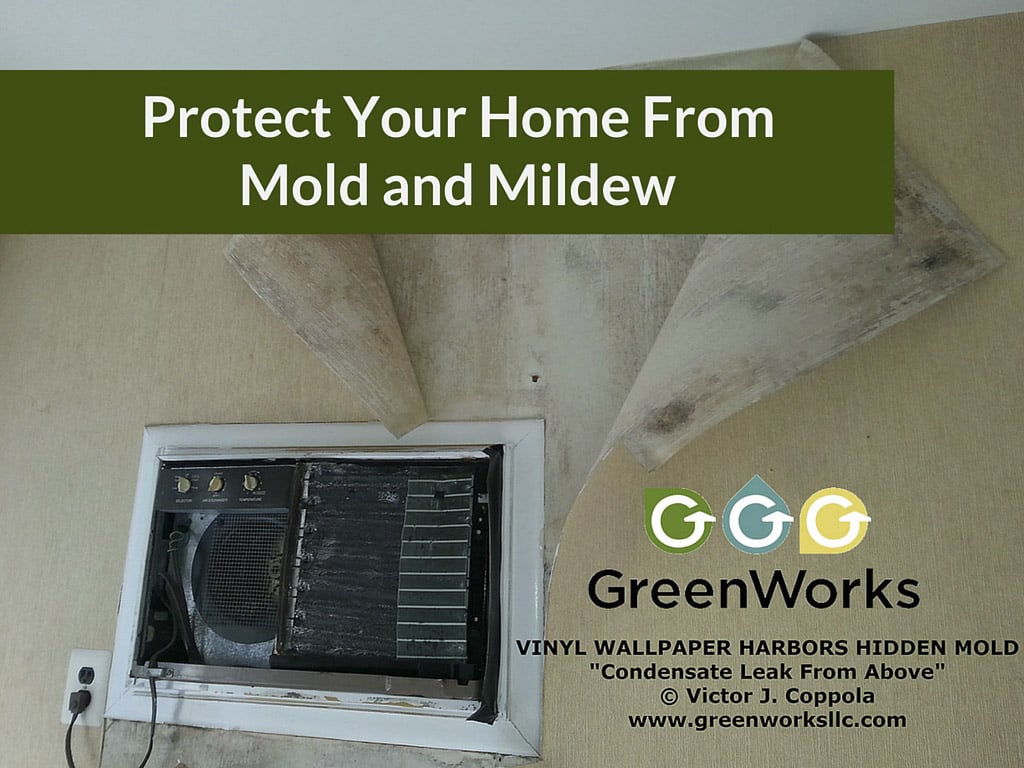
Particularly in the winter, the wet season, and immediately following outdoor/indoor flooding, homeowners commonly struggle with mold and mildew growth inside their homes. In reality, mold problems can occur at any time of year, so long as the mold spores have three things: moisture, oxygen, and a ford source suitable on which to grow.
The Dangers of Mold
While mold and mildew is a natural part of the outdoor environment, they can cause serious health problems when it infiltrates your home. Molds release spores into the air that circulate and are breathed into the lungs of a building’s occupants. This can cause or irritate asthma and allergies, make your eyes red and watery, produce skin rashes, and cause sneezing and a runny nose. Mycotoxins in certain black or white molds can even lead to serious respiratory conditions like chronic bronchitis.
Where to Look for Mold
Mold and mildew thrive wherever they find moisture and a good growing surface. This is why mold growth is most common in bathrooms, kitchens, laundry areas, basements, attics, and crawlspaces. The roots of the mold feed on such surfaces as drywall, ceiling tiles, wooden trim, furniture, wet insulation, and shower curtains covered in soap scum. Since mold’s tendency is to spread, destroy property, and contaminate your indoor air, you cannot afford to ignore it once you have located it.
How to Prevent Mold and Mildew Growth
The single most important way to prevent mold growth is to eliminate the moisture that it needs to survive. Keeping your home clean, well-insulated, and properly ventilated are also important.
Some more specific actions you can take to prevent mold growth in your home include:
- Use a ventilator to keep the indoor environment well-ventilated and humidity below 50%.
- Keep your home well-heated in cold weather. Cold air is more prone to release moisture (condensation) onto surfaces in your home.
- Regularly empty out air conditioner drip pans, and regularly change all HVAC filters.
- Have ductwork been inspected and cleaned? Mold can hide in duct work and circulate throughout your house.
- If the insulation in your attic, crawlspace, or elsewhere is damp, correct the moisture intrusion and replace the insulation. If insulation is missing, install it.
- Find and fix leaks in pipes, roofs, sinks, tubs, toilets, washing machines, refrigerators, ice makers, and elsewhere.
- Use exhaust fans in the kitchen and ventilation fans in bathrooms, attics, and crawlspaces.
- Dry out your crawlspace and cover the dirt floor with heavy-duty plastic.
- Paint concrete floors and use area rugs instead of carpets. If you must have carpeting, install a vapor barrier between the carpet and the concrete.
How to Remove Mold
It is often best to call in mold removal and remediation experts to eliminate mold and help prevent its return. For minor infestations (less than 2 square feet), you can scrub it away with warm water and detergent (bleach use is not a good idea!). Be sure to dry thoroughly afterward, and be sure to eliminate the moisture so that the mold will not quickly return. In some cases, you will smell a musty odor but not be able to find the mold. It may be concealed underneath wallpaper, on the reverse side of drywall, above ceiling tiles, or in other inaccessible areas. In this case, you should call a professional. If the mold/mildew growth is excessive or appears to be black mold, it is also best to secure professional mold inspection, removal, and prevention services.
Pssst – Check out this video of uncovering hidden mold from a leak in the condo above that resulted in a huge lawsuit.
Got Moisture, Odor and Mold Issues?
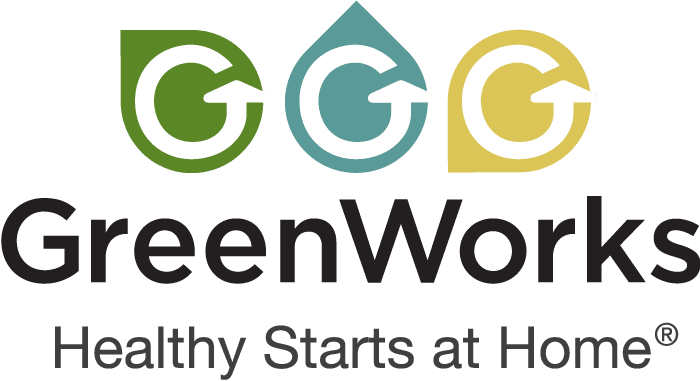
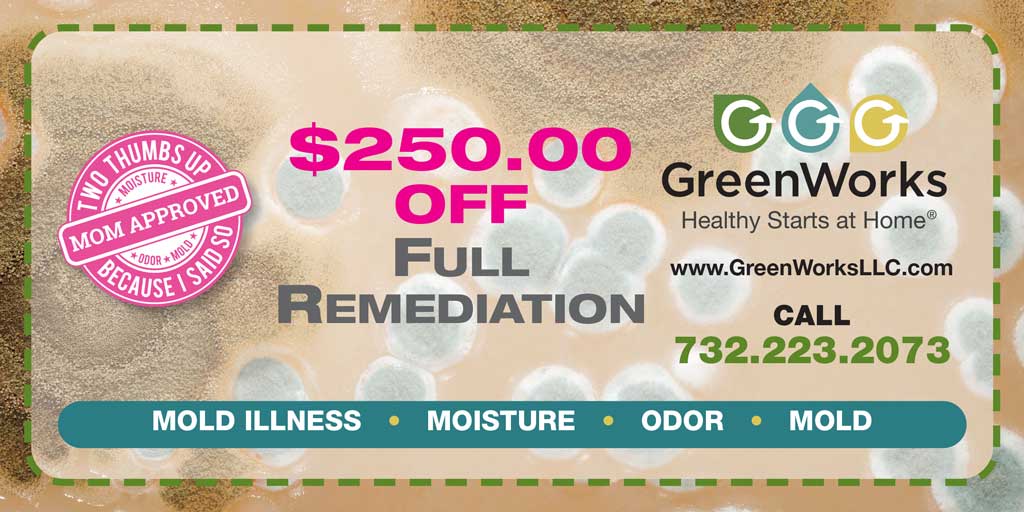
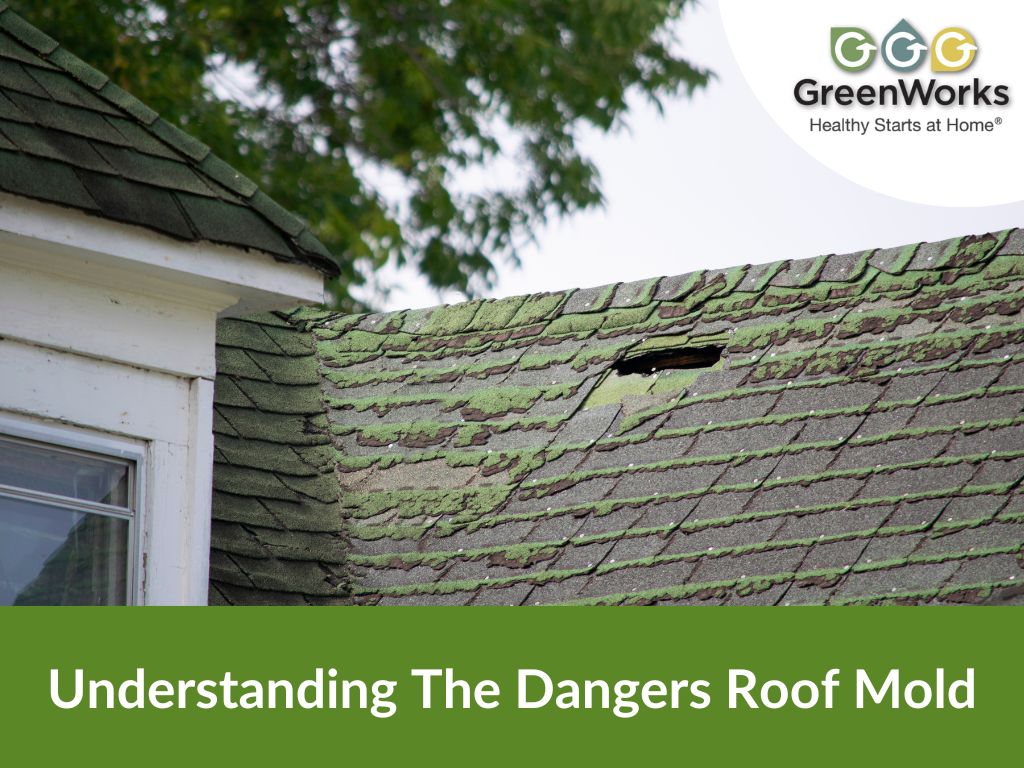
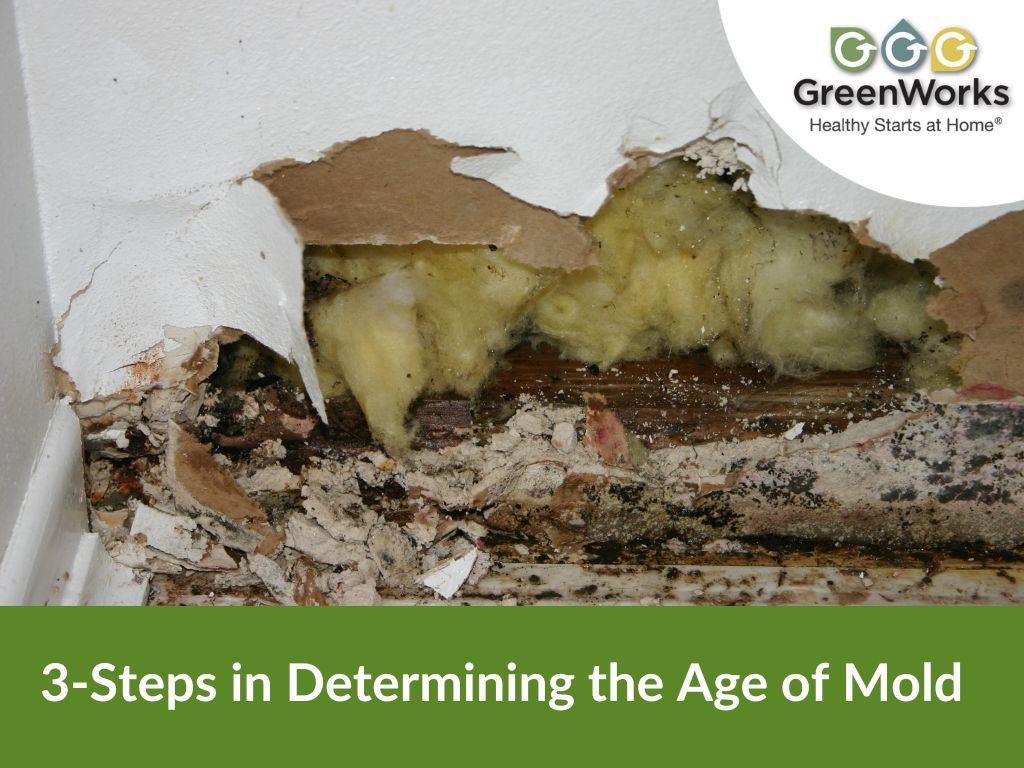
Very helpful post. Thanks for sharing.
Glad to share. Feel free to reach out with any questions.